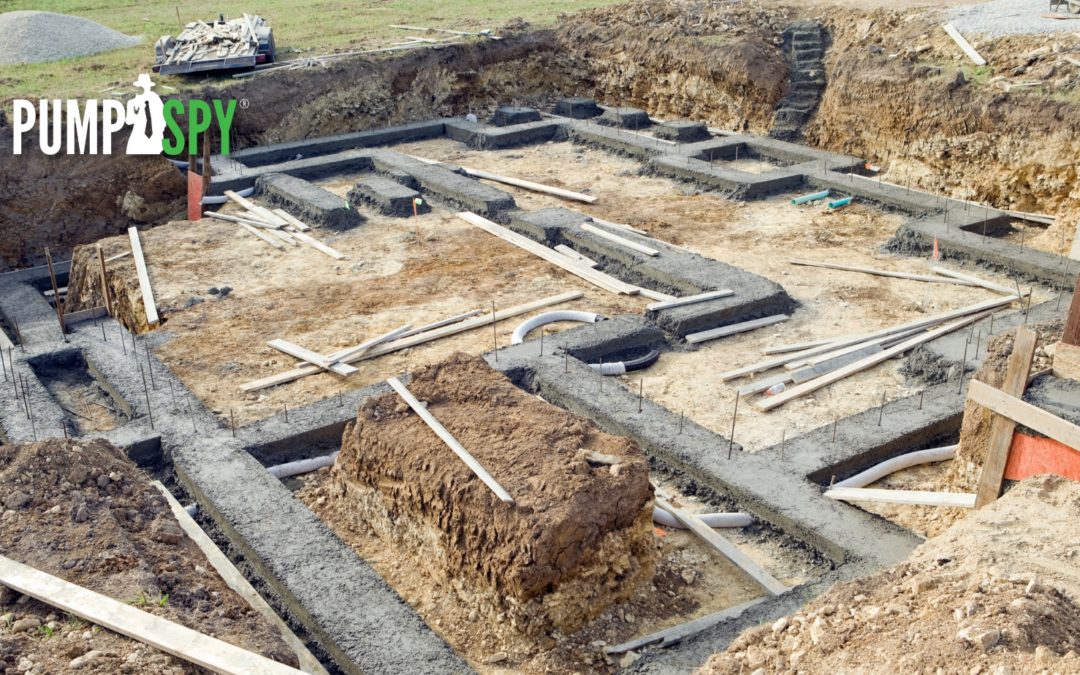If you are going to be building a new home from scratch soon, one very important step in the process is choosing what material your basement foundation will be made out of. We already posted a blog about types of foundation which you can find here, but what about the type of material the foundation is made out of? The material you choose is going to depend on where you live and the amount of protection you’re seeking, as well as your budget.
Climate
The first step in choosing the material you want to build with is to do an analysis of where you live. First, what is the local climate? If you live in an area that has freezing temperatures, you may want to avoid choosing a cement slab foundation, as the foundation can crack under the pressure of freeze and thaw cycles.
Soil/Moisture
Similar to climate, you also want to figure out what type of soil and moisture levels you’re working with, as these can greatly affect the foundation. To ensure that your foundation will perform adequately, conduct a soil test to determine the kind of soil at the site, how moist it is, and how easily it compacts. To ensure a long-lasting and robust foundation, you must make sure the foundation will stay dry with a perc test. Despite what the perc test shows, you should still protect the foundation with drainage materials like gutters and downspouts that redirect moisture away from the foundation.
Types of Materials:
Poured concrete: This is typically the most common type of foundation that is used due to its simplicity and durability. While it is not completely waterproof, it is typically very sturdy and holds up over time. Some small cracks can form between the walls and the floor letting moisture seep into the basement, but as long as they are identified they can be easily repaired.
Pre-poured concrete panels: This option is not as common as poured concrete, but has the benefit of costing less and taking less time to assemble. However, it is important to keep an eye on leaks as they can commonly form between the joints where the panels were put together. This option should be used if speed and cost are the most important part of your build.
Concrete blocks: Another cost-effective foundation material to use is concrete blocks. In fact, these are by far the cheapest option on the list. Large, hollow, concrete blocks are laid and held together by steel bars and mortar. It also takes less time to assemble this type of foundation than a poured concrete foundation. However, the downside to this option is that it is more prone to leaks. Also, since the blocks are hollow, water can get trapped and cause even more damage over a long period of time.
Stone or clay tiles: The final material that has been used for foundation is stone or clay tiles. These types of foundations can typically be found in older homes, as they are no longer commonly used. They are relatively strong, but do not have the same type of protection that modern concrete provides. This foundation has many gaps and cracks where water can easily seep into the basement.
As you can see, no matter what type of foundation is used in your basement, there is always a chance for moisture to get into your basement. A sump pump is a great option to ensure that water is pumped out and away from your basement. PumpSpy has many sump pump solutions that offer 24/7 monitoring, so that you can be alerted of any basement before it becomes a bigger issue.

